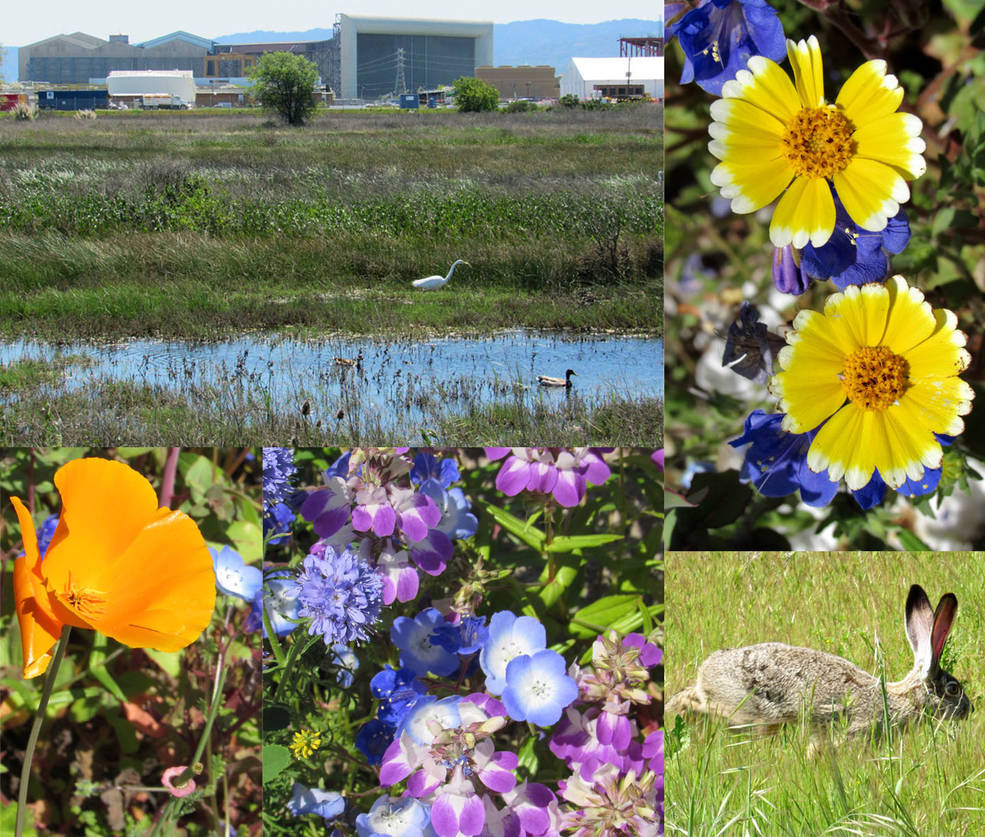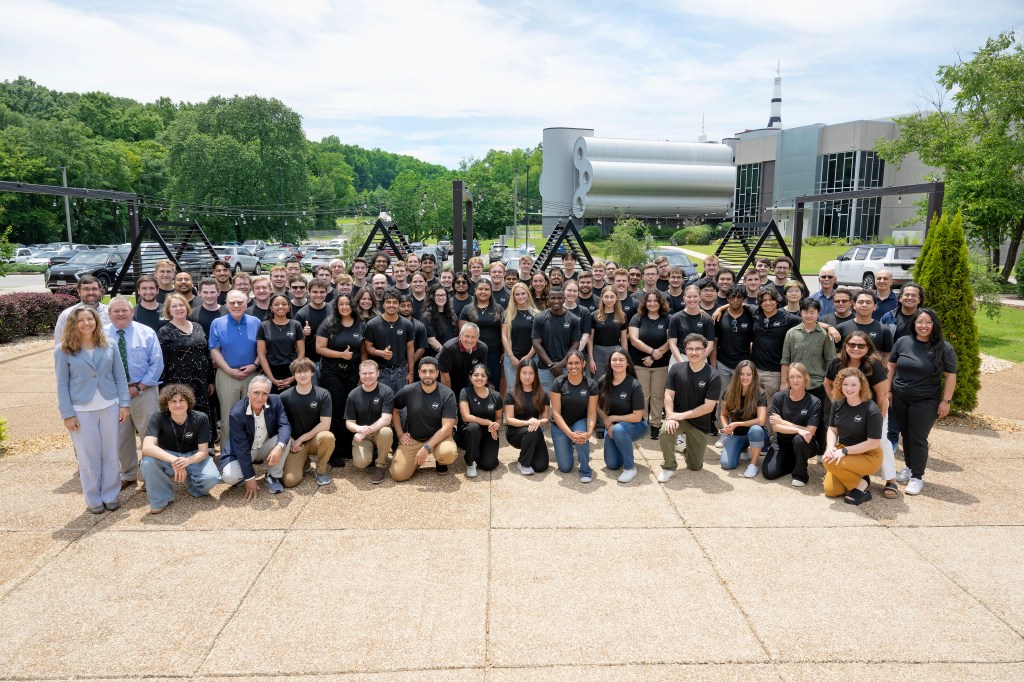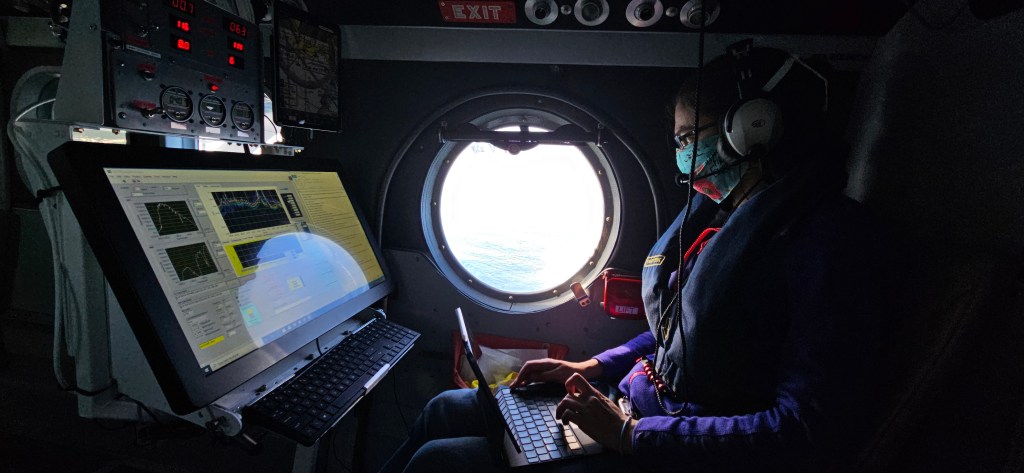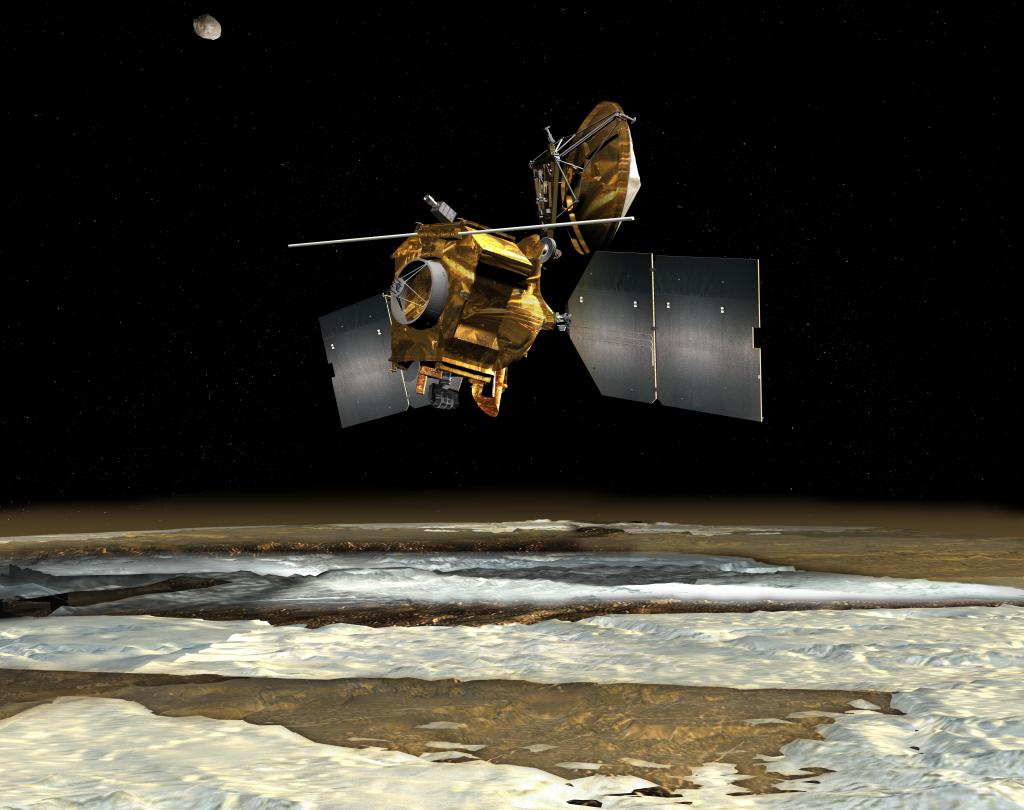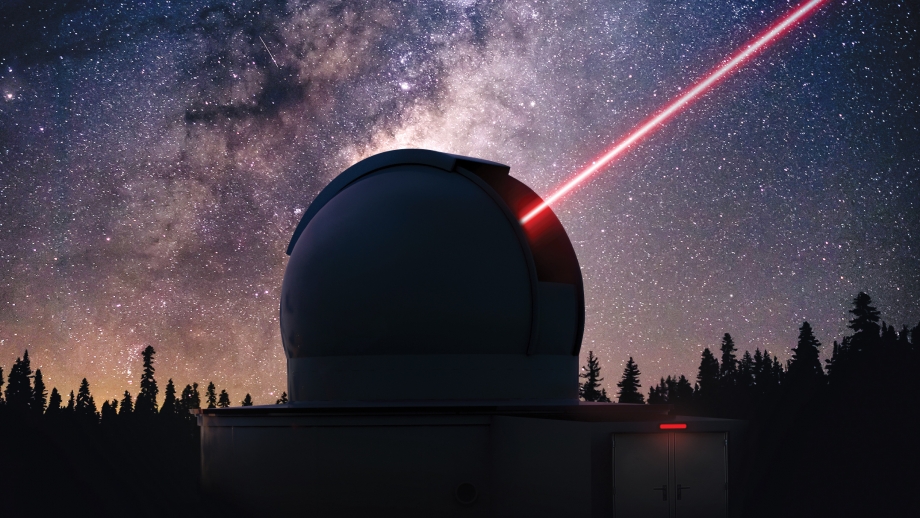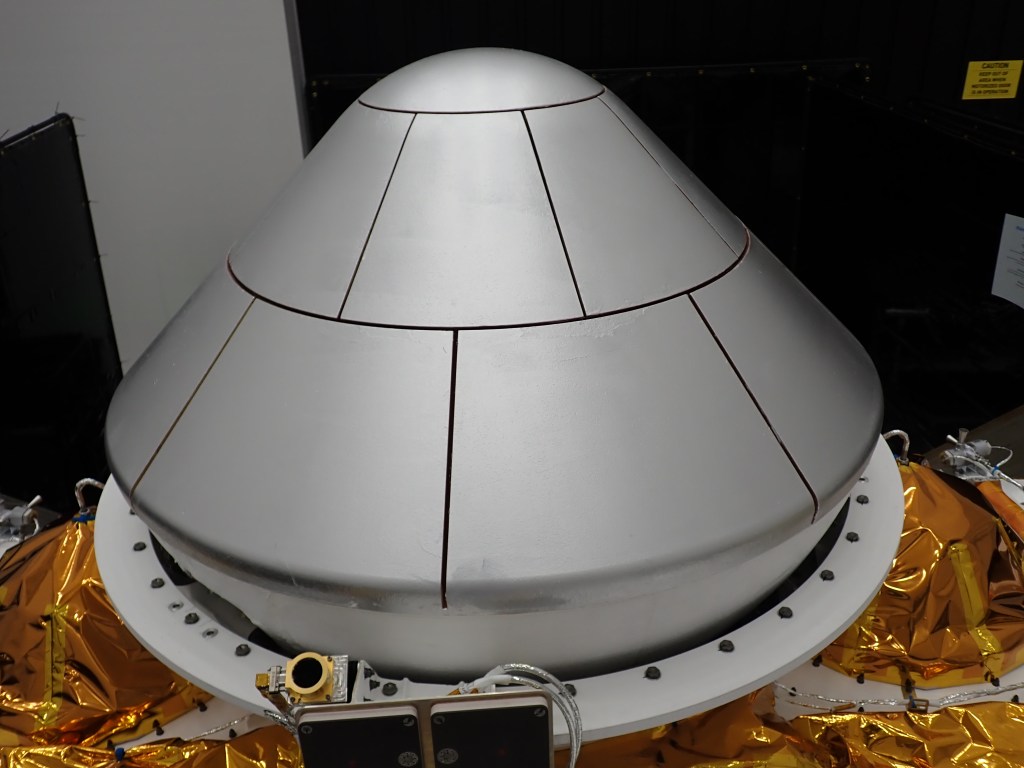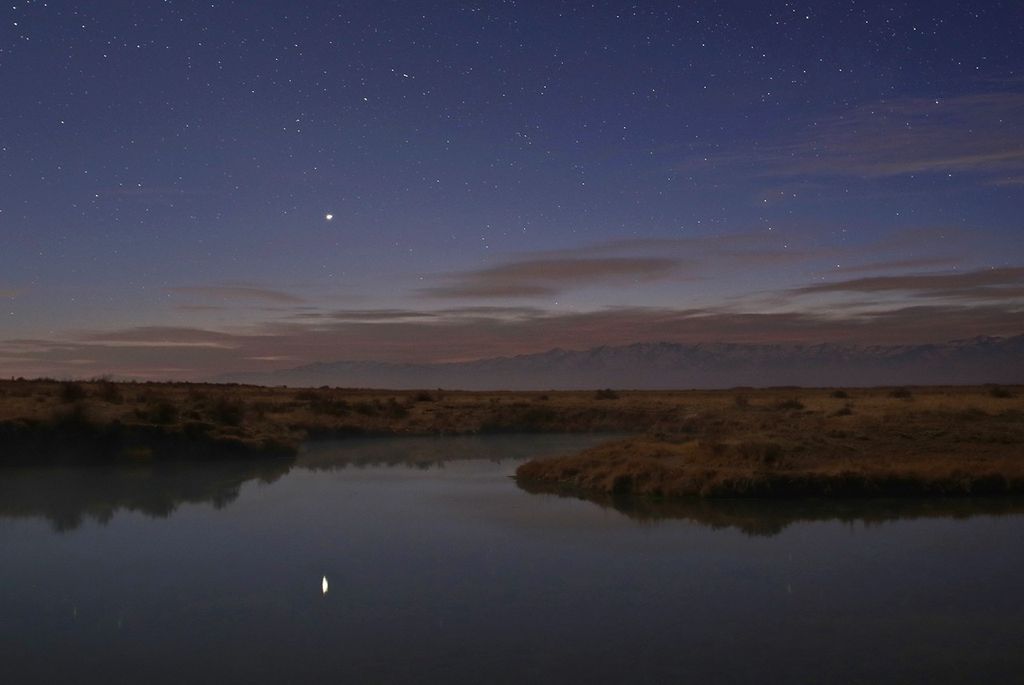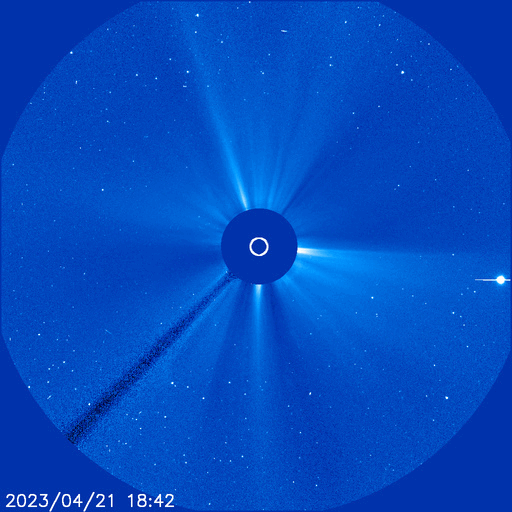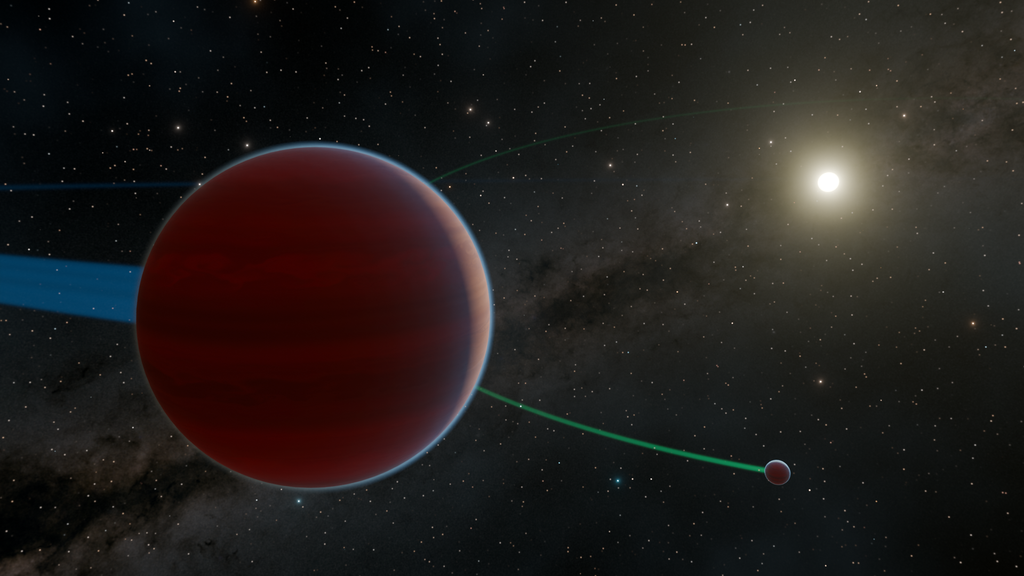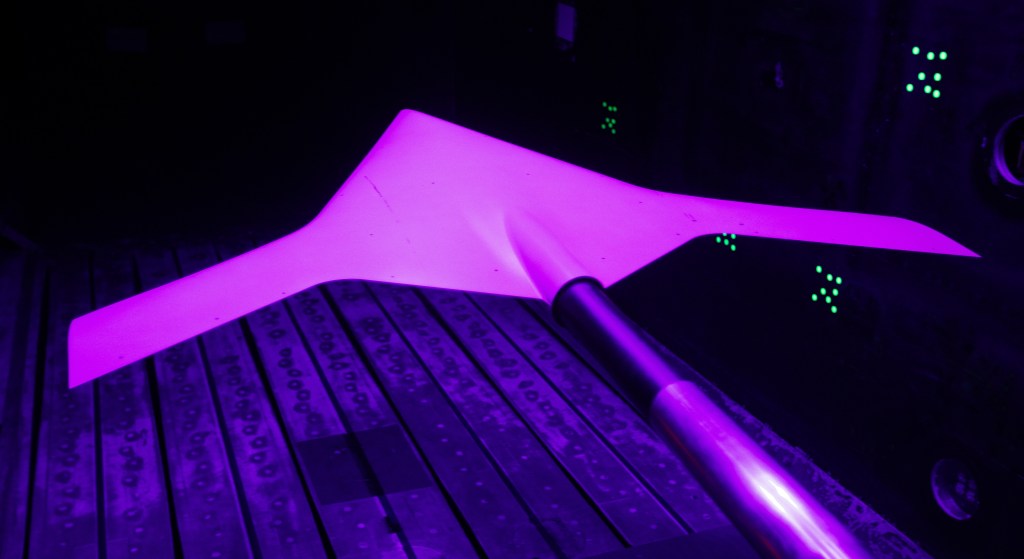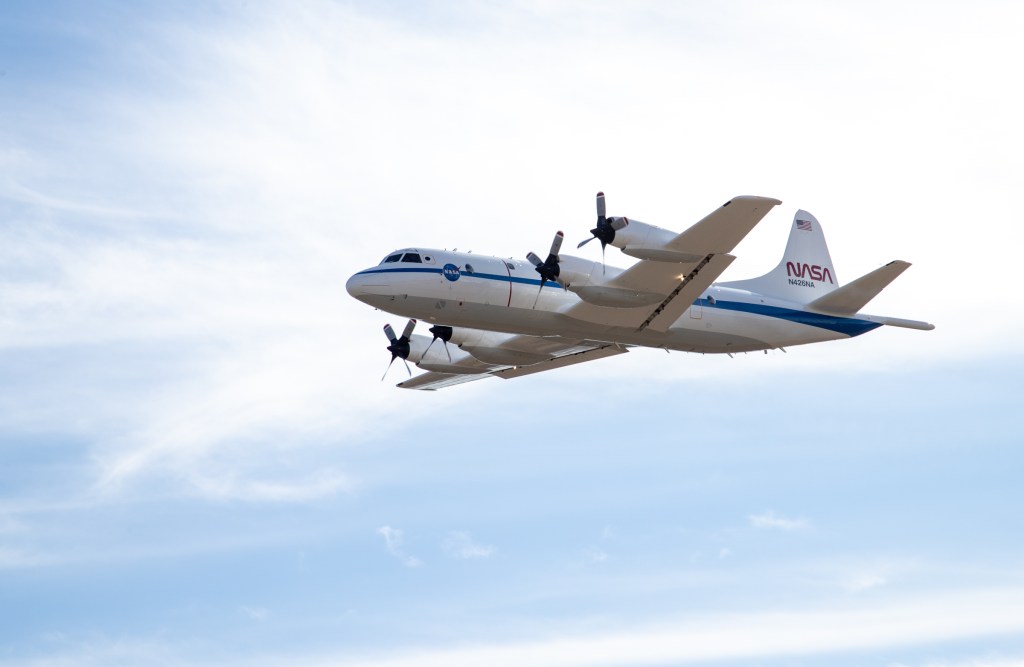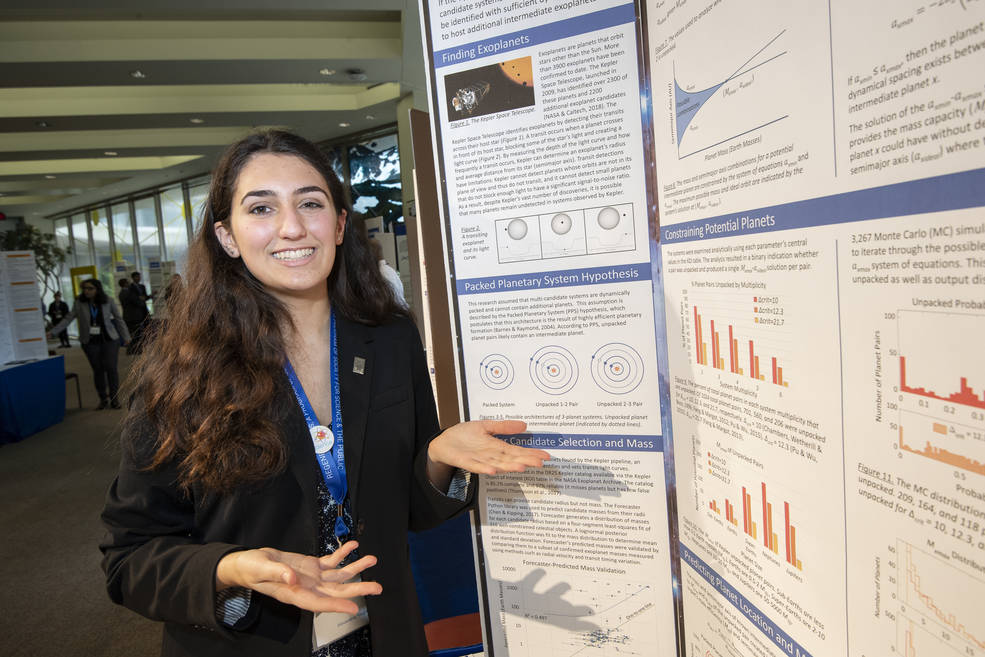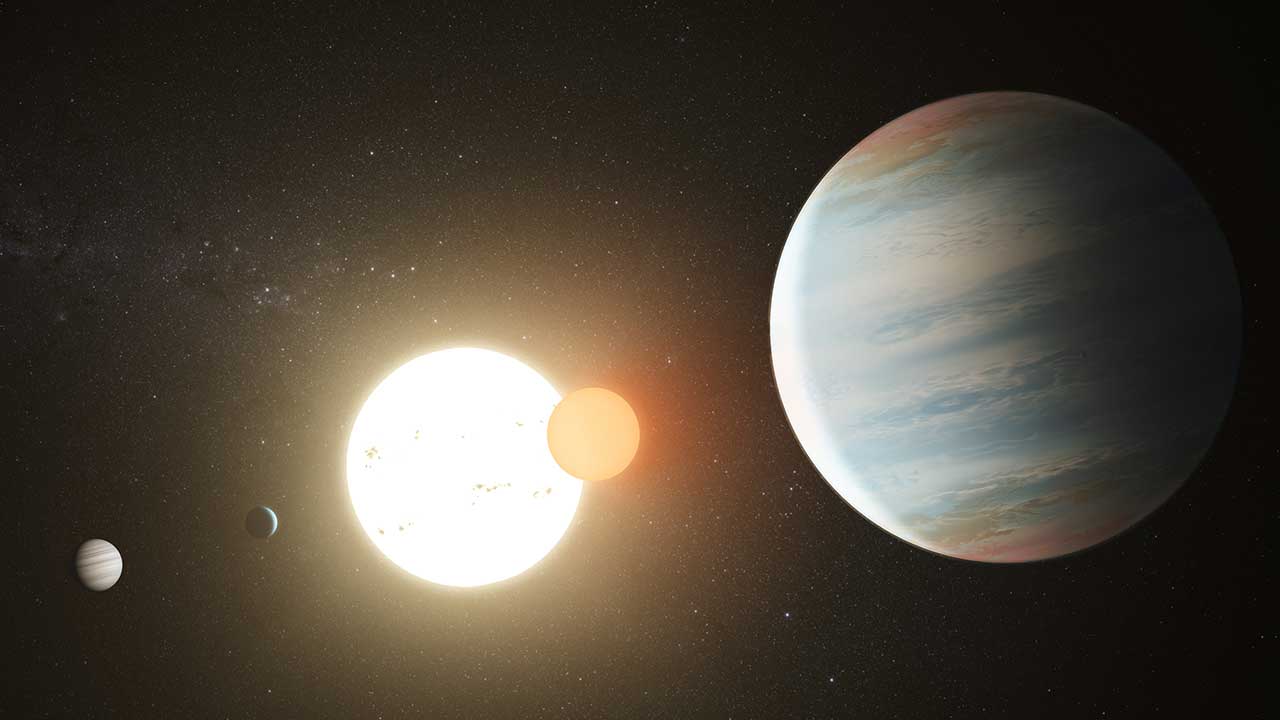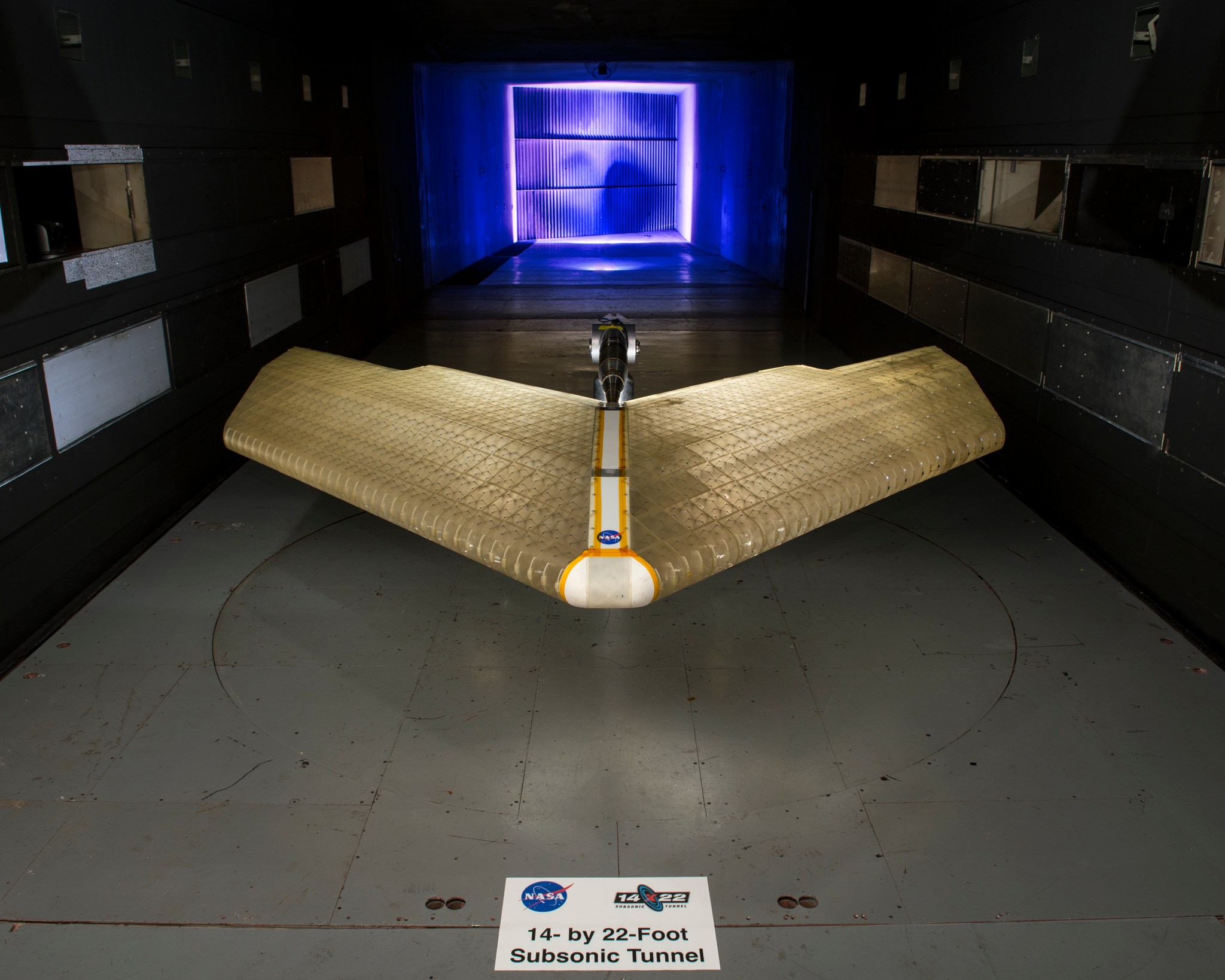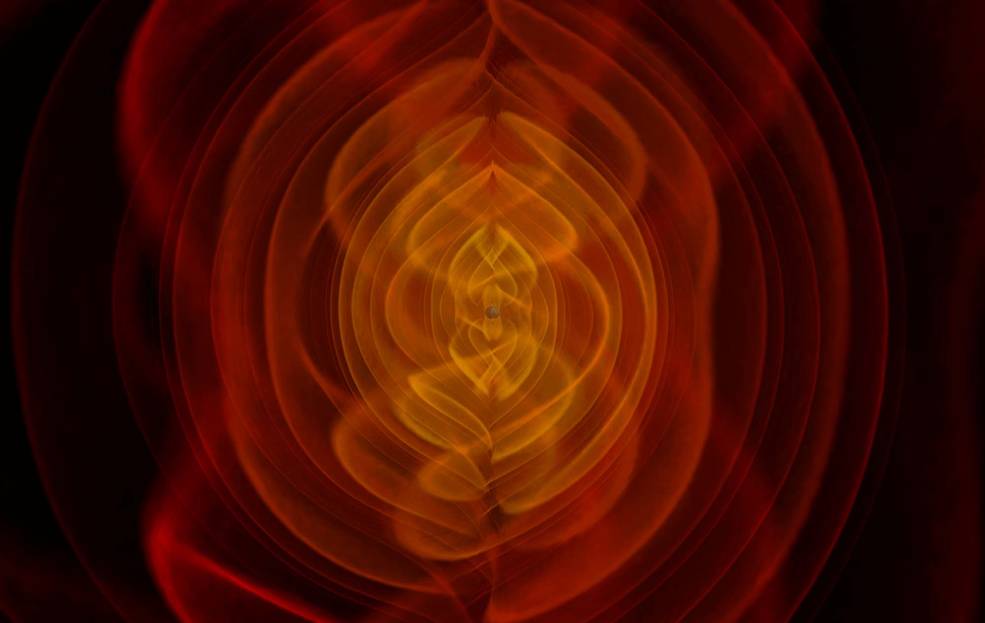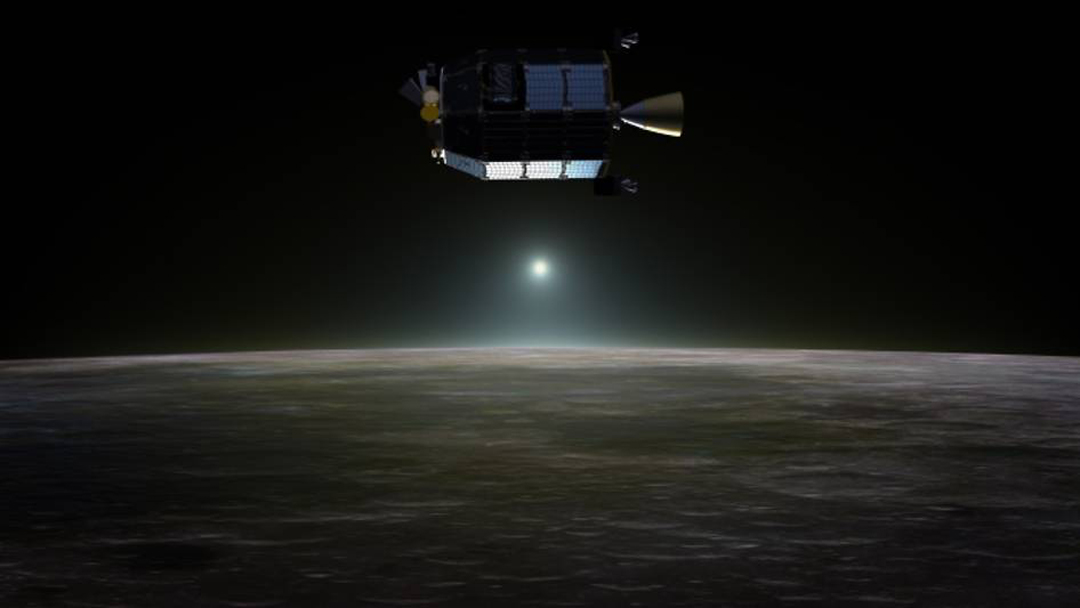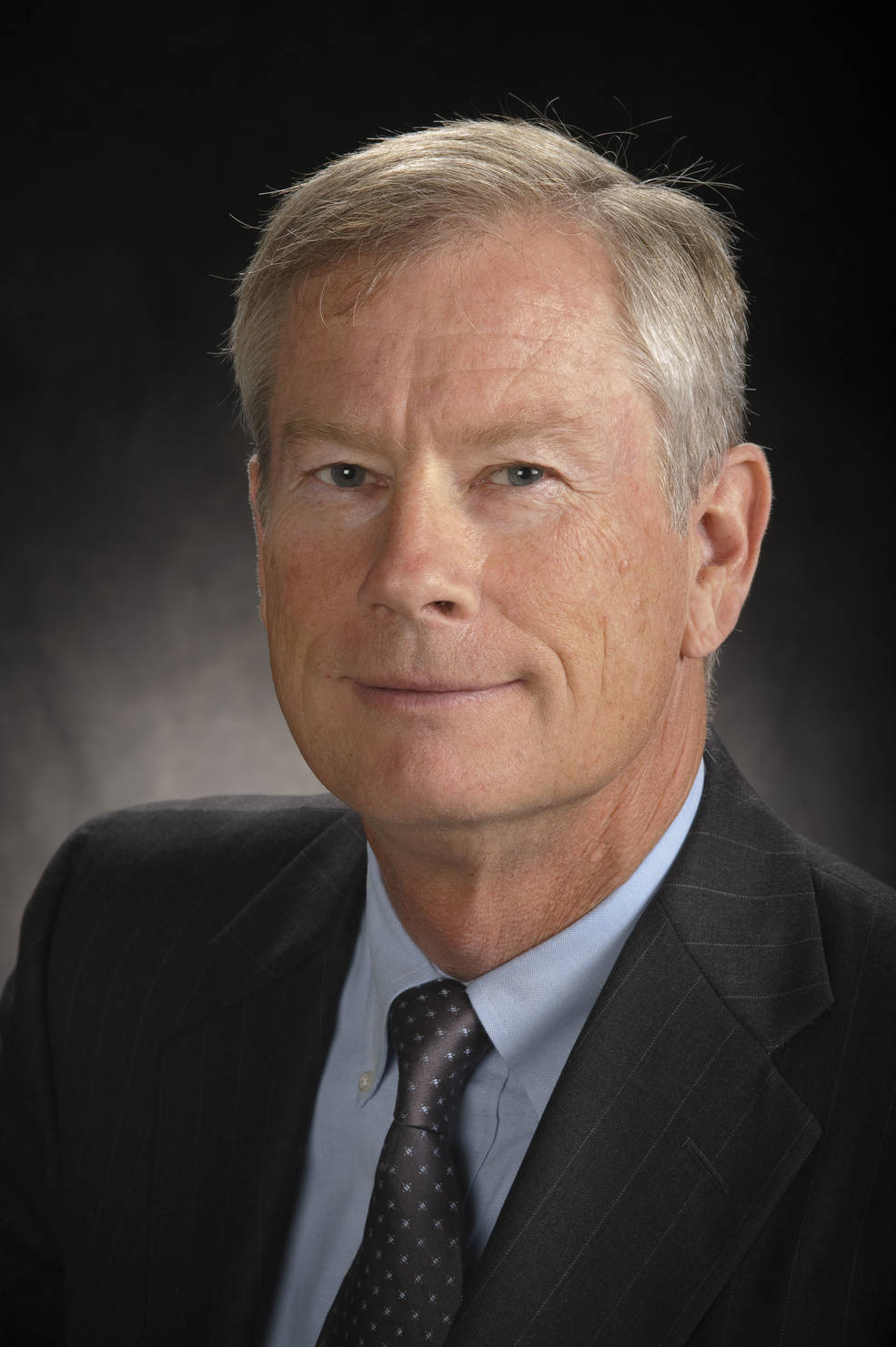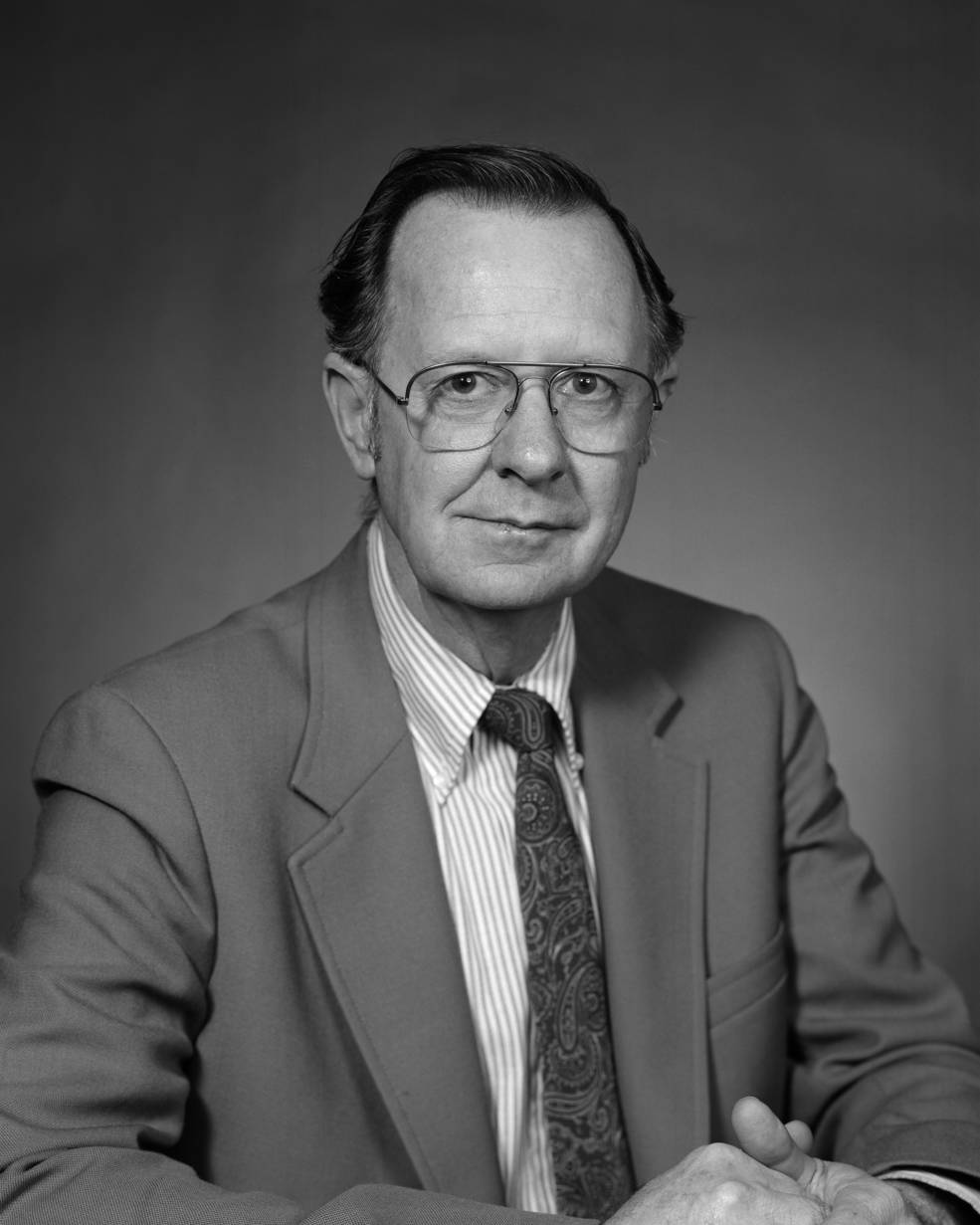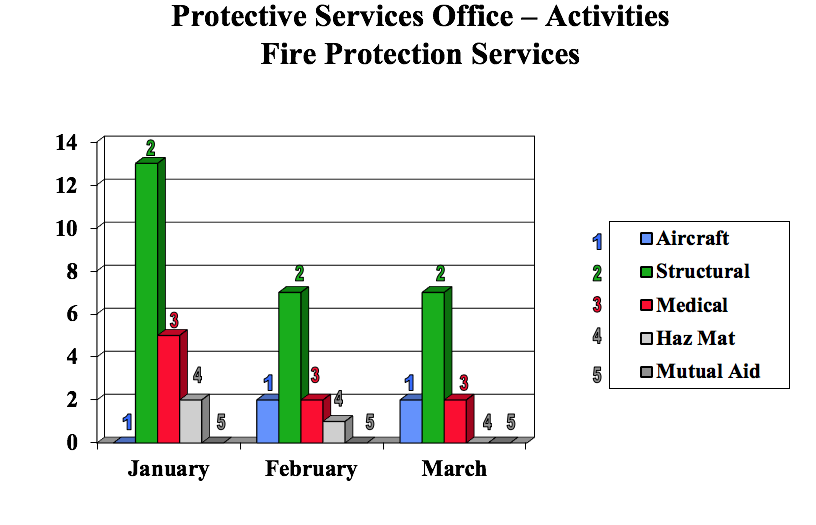April 2019 issue of Ames' newsletter, the Astrogram
NASA’s New Flying Robots: Bee-ing in Space for the First Time
by Gianine Figliozzi
Bees are known to be both busy and hard-working, and NASA’s new free-flying space robots, called Astrobee, will now have the same reputation. Unlike bees that live on Earth, the robots will now do their work flying alongside astronauts inside the International Space Station and will play a critical role in supporting innovative and sustainable exploration of the Moon, Mars and beyond.
Astrobee is a free-flying robot system that will provide a research platform for the orbiting laboratory. The system includes three robots—named Honey, Queen and Bumble— as well as a docking station for recharging. The first two robots launched to the station on April 17, 2019, aboard Northrop Grumman’s 11th Commercial Resupply Services mission from NASA’s Wallops Flight Facility in Virginia.
For full story, see: FlyingRobots
SOFIA Captures Cosmic Light Show of Star Formation
by Kassandra Bell
When massive stars — many times larger than our Sun— are born, they shine hot and bright before eventually exploding as supernovas. They release so much energy that they can affect the evolution of galaxies. But, unlike stars like our Sun, astronomers know much less about how these enormous stars form.
“Massive stars like this represent less than one percent of all stars, but they can affect the formation of their stellar siblings,” said Jim De Buizer, Universities Space Research Association senior scientist at the SOFIA Science Center. “Stars like our Sun have much quieter and humbler origins, and because there are so many of them, we understand their birth properties more thoroughly.”
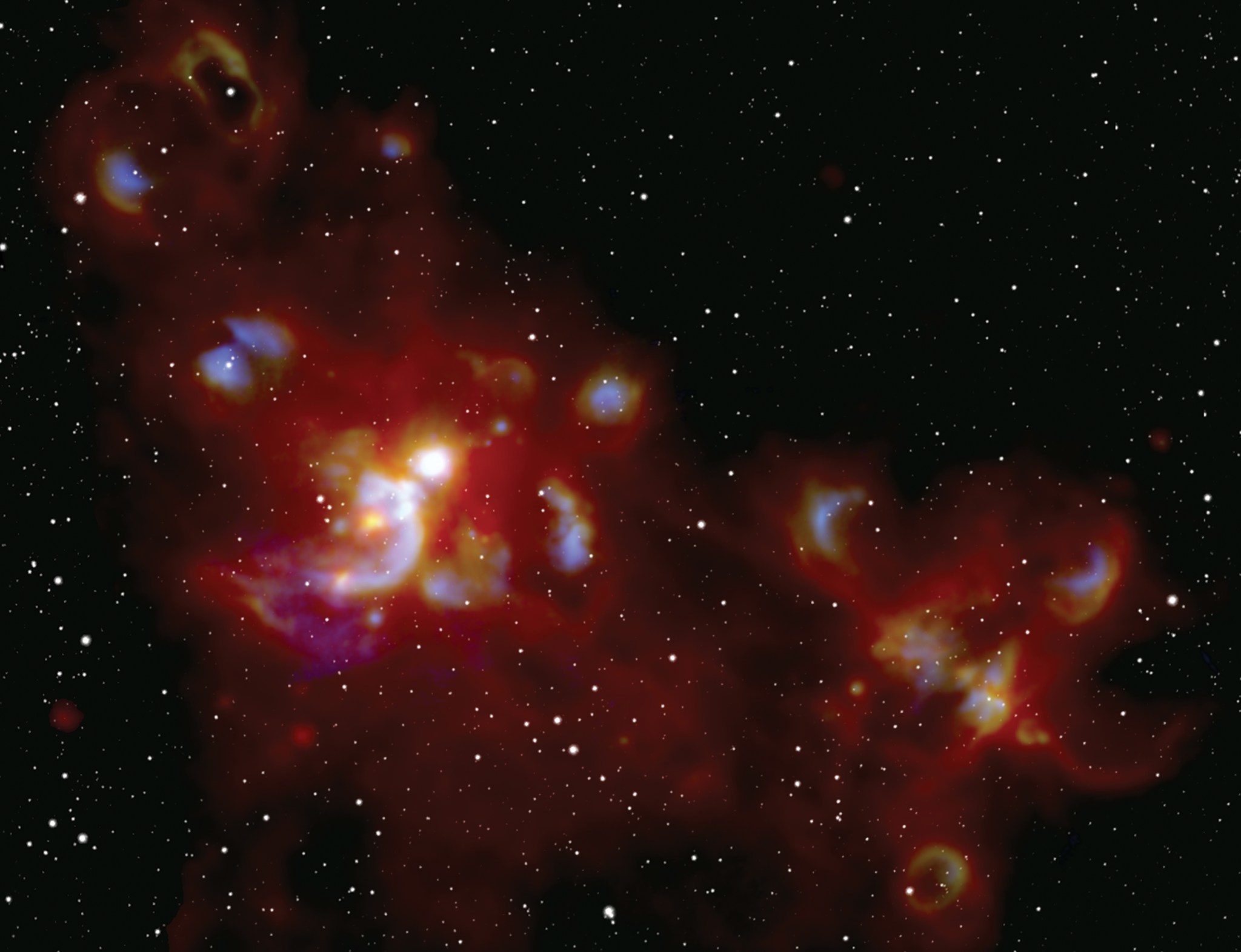
For full story, see: SOFIACosmicLightShow
High School Senior Uncovers Potential for Hundreds of Earth-Like Planets in Kepler Data
by Frank Tavares
An 18-year-old high school senior has won a $250,000 prize for calculating the potential for finding more planets outside our solar system, called exoplanets, using data from NASA’s Kepler space telescope.
Kepler, whose mission ended in 2018, discovered over 2,600 confirmed exoplanets, with thousands more candidate planets still being considered. But are there more planets that have yet to be found around stars Kepler looked at, leaving traces in the telescope’s data? Ana Humphrey, a student at T.C. Williams High School in Alexandria, Virginia, has developed a mathematical model to find out. Her work calculated that there could be as many as 560 of these hidden planets and identified 96 areas of the sky where they might be found.
For full story, see: StudentUncoversData
Discovery Alert: A Third Planet in Kepler-47 System
Astronomers have discovered a third planet in the Kepler-47 system, securing the system’s title as the most interesting of the binary-star worlds. Using data from NASA’s Kepler space telescope, a team of researchers, led by astronomers at San Diego State University, detected the new Neptune-to-Saturn-size planet orbiting between two previously known planets.
With its three planets orbiting two suns, Kepler-47 is the only known multi-planet circumbinary system. Circumbinary planets are those that orbit two stars.
For full story, see: ThirdPlanetKepler
Jaiwon Shin, AA for Aeronautics, Discusses ARMD Update During All Hands
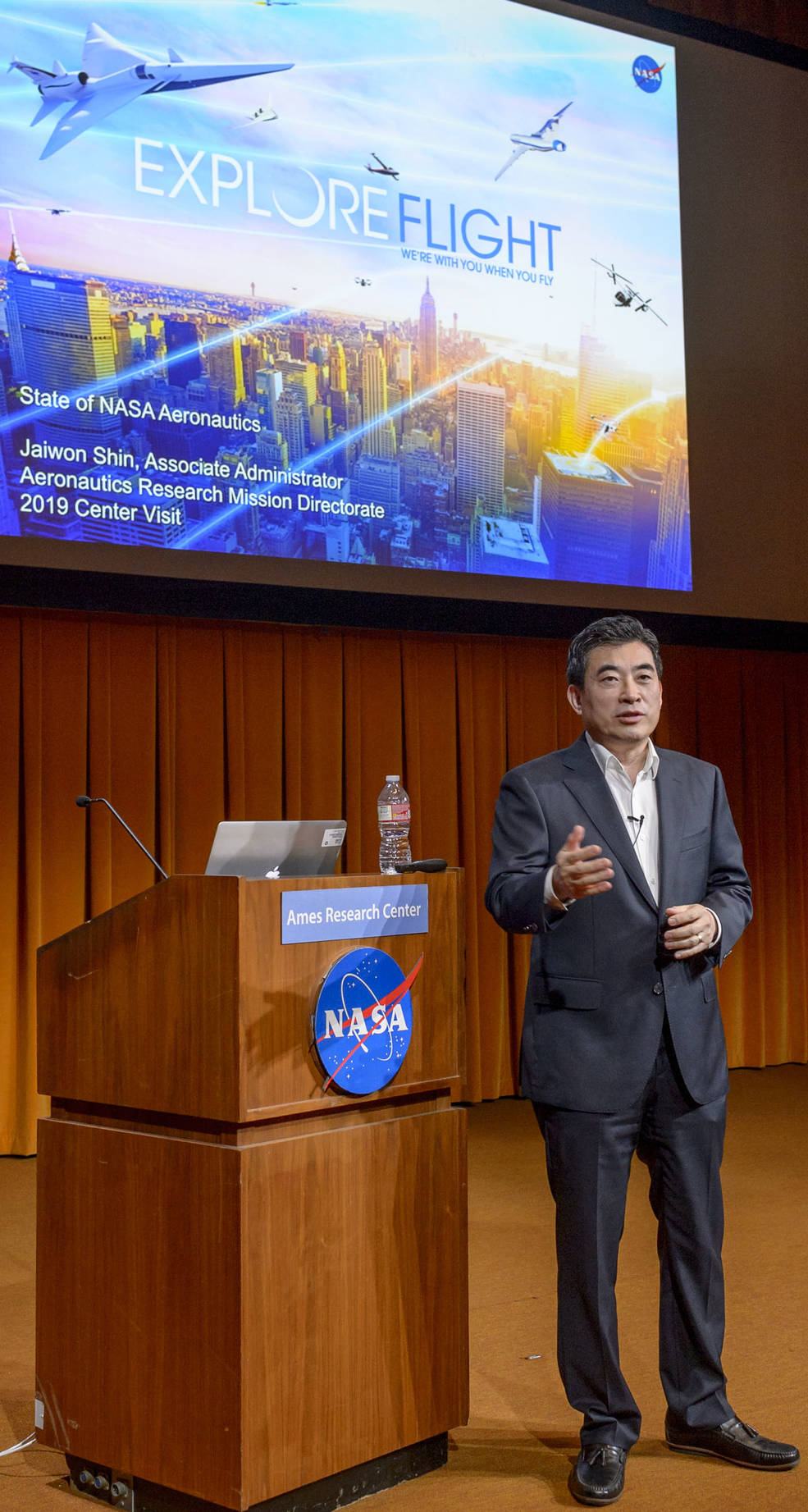
Studying Behavior in Space Shows Mice Adapt to Microgravity
by Abigail Tabor
NASA is preparing to send astronauts on journeys that will include longer stretches in microgravity – to the Moon and onward to Mars. Understanding how basic biology works in space will help astronauts adapt and thrive during long duration missions. To better understand how space affects astronauts, researchers often study other model organisms, like mice, whose biology has similarities to human body systems.
Understanding how basic biology works in space will help astronauts adapt and thrive during long-duration missions to the Moon and onward to Mars. NASA scientists have now published the first detailed study of how mice behave in the NASA Rodent Hardware System, which has housed almost a dozen experiments on the International Space Station since 2014. They found that the rodents engaged in all the typical mouse behaviors, even in the “weightlessness” of the microgravity environment. Some also showed a new behavior, running laps in the enclosure.
For full story, see: MiceMicrogravity
Flexing Wings for Efficient Flight – MADCAT
by Frank Tavares
Most planes use rigid wings with moving parts. But what if there was a wing that was not only completely flexible, but could be programmed to change on the go? A wing that could adapt to the most efficient shape for any flight, wind conditions or scientific mission? MADCAT is making that wing a reality.
The Mission Adaptive Digital Composite Aerostructure Technologies, or MADCAT, team at NASA’s Ames Research Center in California’s Silicon Valley, uses carbon fiber composites – a strong and light material made of carbon atoms – to design and test efficient, ultra-light wings that can adapt on the fly.
For full story, see: FlexingWings
The Universe’s First Type of Molecule Is Found at Last
by Kassandra Bell and Alison Hawkes
The first type of molecule that ever formed in the universe has been detected in space for the first time, after decades of searching. Scientists discovered its signature in our own galaxy using the world’s largest airborne observatory, NASA’s Stratospheric Observatory for Infrared Astronomy, or SOFIA, as the aircraft flew high above the Earth’s surface and pointed its sensitive instruments out into the cosmos.
When the universe was still very young, only a few kinds of atoms existed. Scientists believe that around 100,000 years after the big bang, helium and hydrogen combined to make a molecule called helium hydride for the first time. Helium hydride should be present in some parts of the modern universe, but it has never been detected in space — until now.
Scientists on the airborne observatory SOFIA detected the first type of molecule that ever formed in the universe. They found the combination of helium and hydrogen, called helium hydride, in a planetary nebula near the constellation Cygnus. This discovery confirms a key part of our basic understanding of the early universe and how it evolved over billions of years into the complex chemistry of today.Credits: NASA/Ames Research Center
For full story, see: FirstMolecule
Spacetime Simulations and the Discovery of Gravitational Waves
by Michelle Moyer
In 1916, Einstein’s general theory of relativity predicted that massive cosmic events, such as the collapse and merger of two black holes, would cause distortions in spacetime that ripple across the universe. A century later, these ripples, called gravitational waves, were physically detected on Earth—a momentous discovery by the Laser Interferometer Gravitational-wave Observatory (LIGO) that led to the 2017 Nobel Prize in Physics.
In his Nobel lecture Kip S. Thorne, one of three researchers awarded the prize for LIGO, described the importance of numerical relativity simulations to the search for gravitational wave signals. “With just pencil and paper and analytical techniques, we could not solve Einstein’s equations to compute the shapes of the gravitational waves,” he explained. “We needed simulations to extract information from the colliding black holes [that produce them].” Thorne went on to discuss the decades of groundbreaking work that went into developing this capability.
For full story, see: GravitationlWaves
BioNutrients – Producing Nutrients Off Earth and On Demand
by Abigail Tabor
A biology experiment called BioNutrients is testing a way to use microorganisms to produce nutrients – off Earth and on demand – that will be critical for human health in space. Sailors might have avoided scurvy if NASA had been around in the age of exploration on the high seas. The condition is caused by a vitamin C deficiency, and many people died from spending months at sea without fresh fruits and vegetables. In the age of exploration into deep space, astronauts, too, will need a way to get the right nutrition. Planning ways to supply food for a multi-year mission on the Moon or Mars may require making food and nutrients in space. NASA scientists are testing an early version of a potential solution: get microorganisms to produce vital nutrients so that, whenever they’re needed, astronauts can drink them down. The same kind of system designed for space could also help provide nutrition for people in remote areas of our planet.
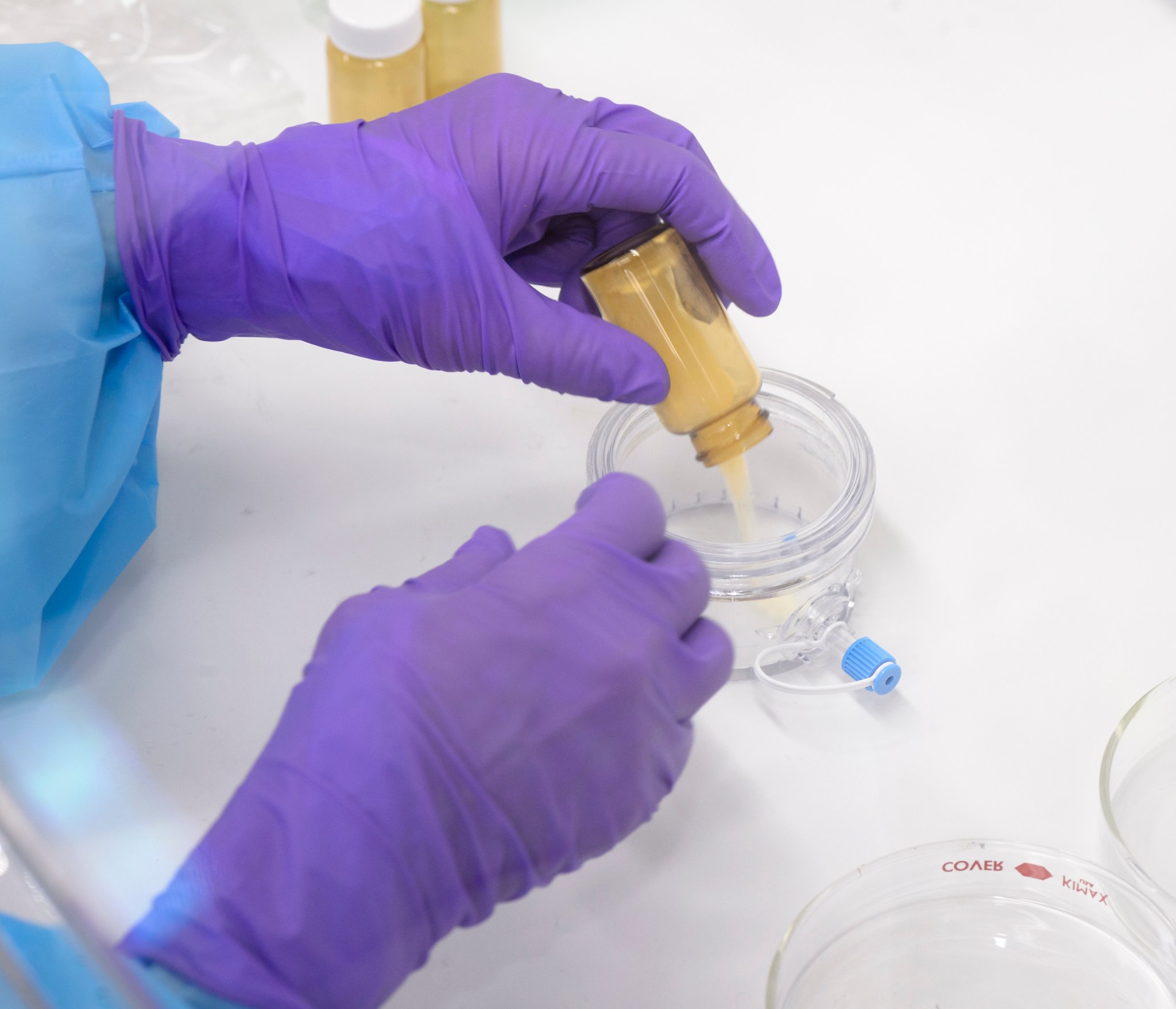
For full story, see: BioNutrients
Ames’ Hispanic Advisory Committe for Employees Celebrates Cesar Chávez Day
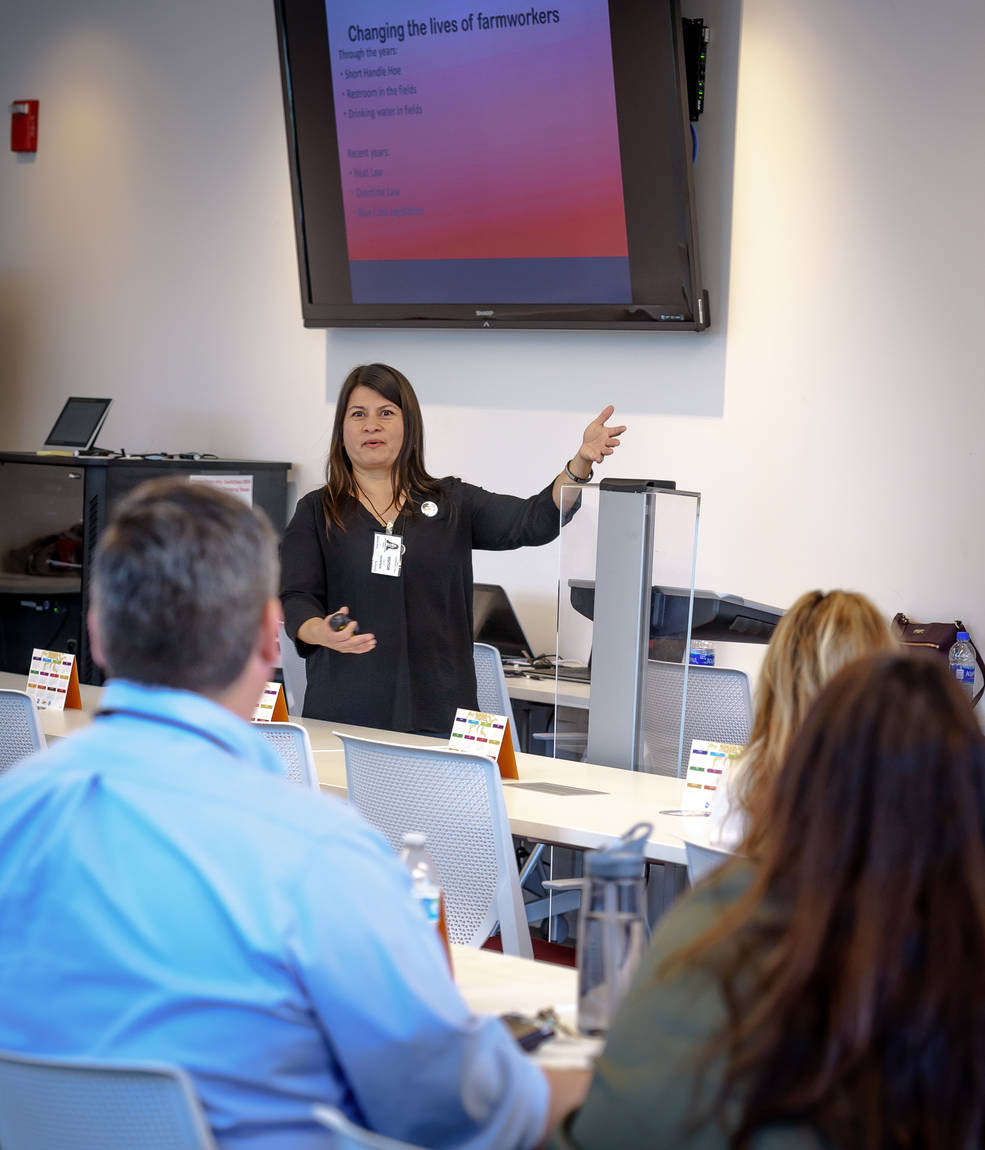
Ames Research Library Staff Celebrates National Library Week with Employees
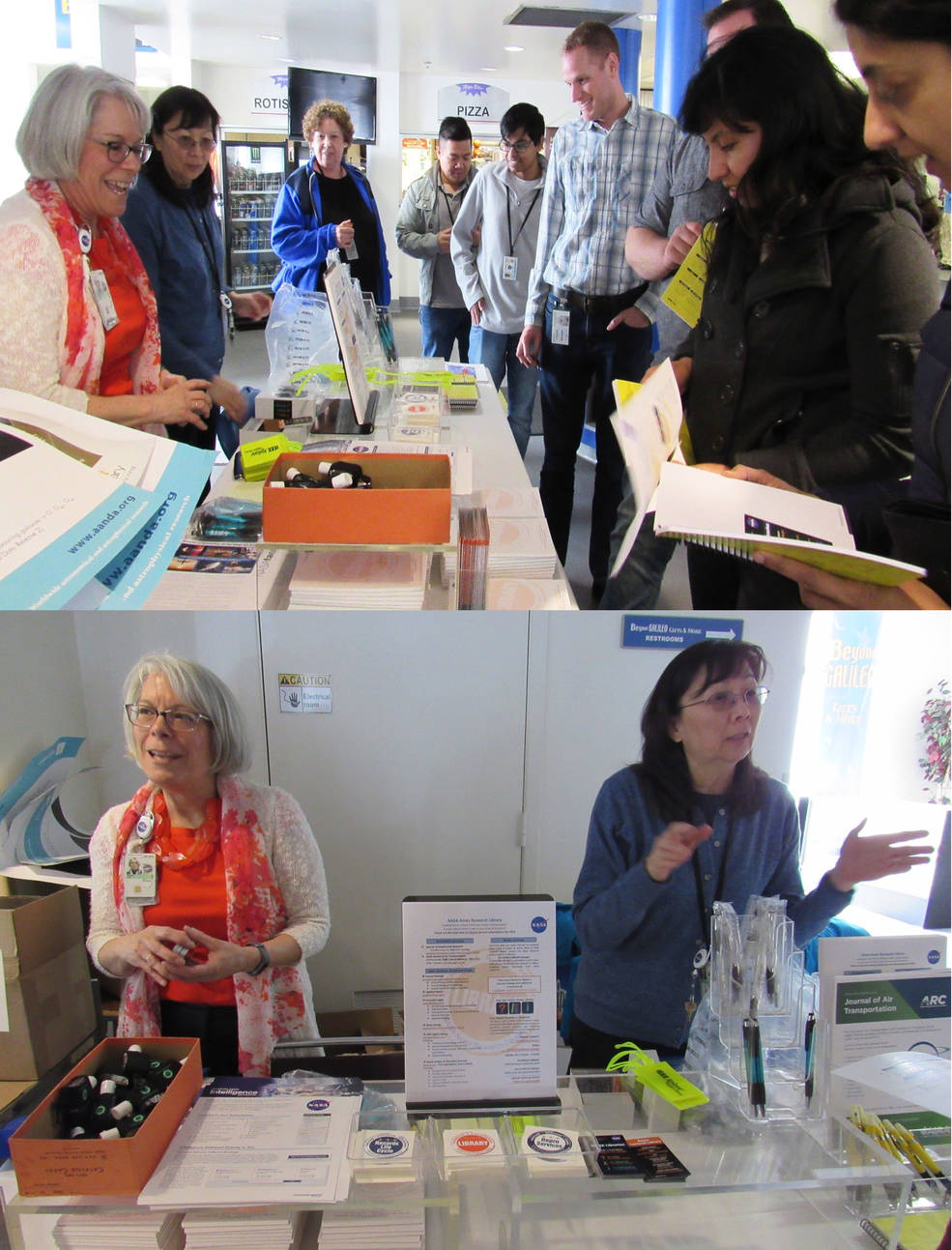
Stern Discusses Atmospheric Entry Components at Ames Early Career Researcher Award Seminar
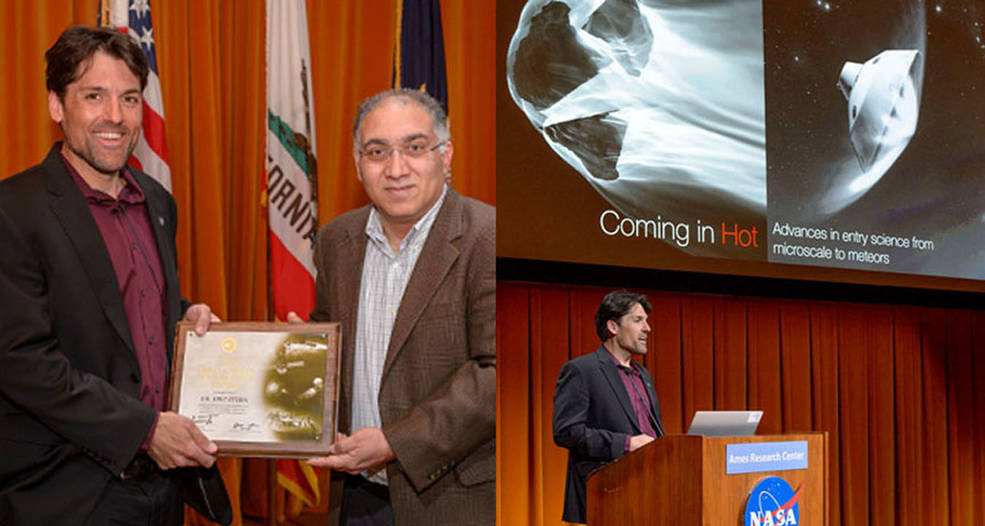
Doug McNeil Discusses the Humanitarian Project, “Lighting for Literacy”
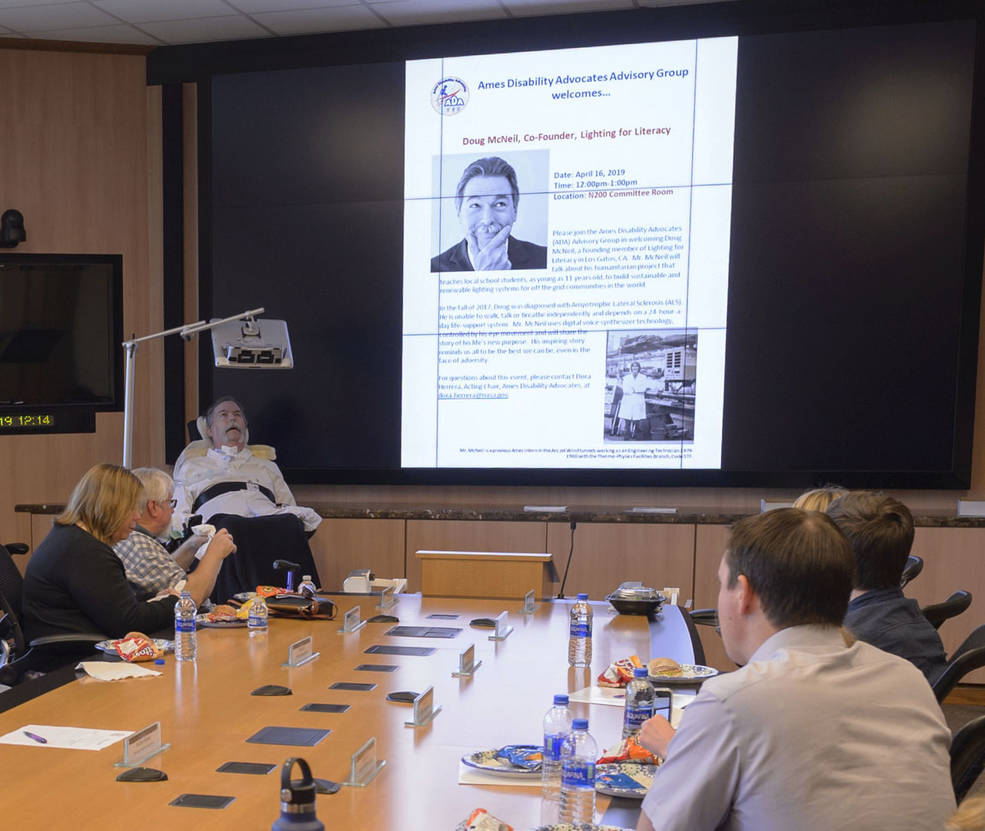
Employees Learn about the Various Birds that Inhabit the Marshlands at Ames
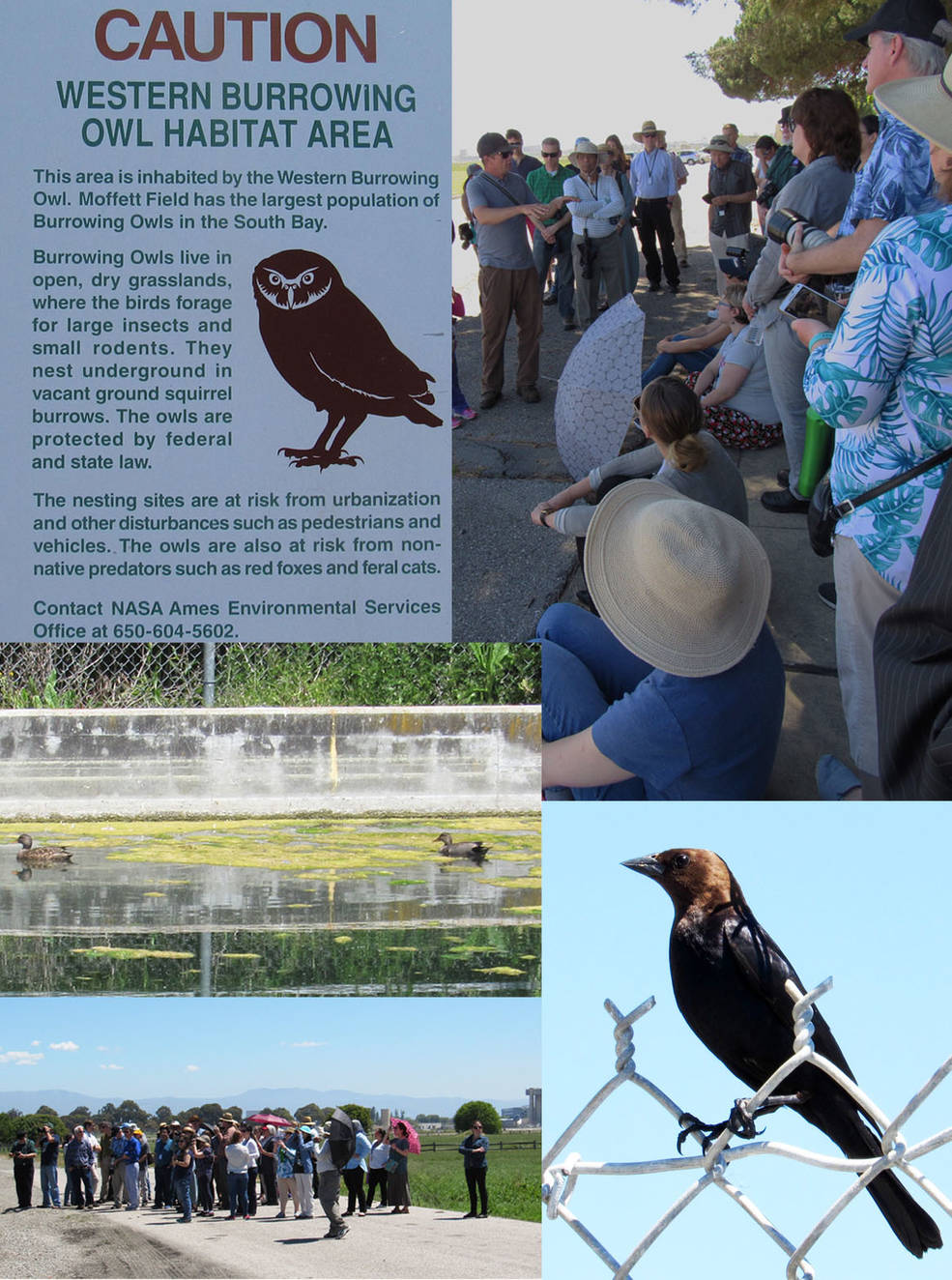
LADEE, the Lunar Atmosphere and Dust Environment Explorer
The LADEE spacecraft gathered detailed information about the ultra-thin lunar atmosphere, where it comes from, how it changes and what that means for the Moon’s surface and resources.
by Abigail Tabor
Once the presence of significant amounts of water ice on the Moon had been confirmed by NASA’s LCROSS and LRO missions, scientists had to wonder, Where did it come from, how long has it been there, and will it last? To understand better the lunar surface and the resources it holds, researchers needed to know more about the environment the Moon exists in – that is, about the almost non-existent atmosphere that surrounds it.
Just one 25-trillionth the density of Earth’s atmosphere, the envelope of gases held to the Moon by its gravity is so thin and tenuous that it goes by another name, exosphere. Here, molecules in the air are so few and far between, they rarely come into contact with one another. Still, the gases found around the Moon do have important effects on conditions near the surface. This was the focus of NASA’s Lunar Atmosphere and Dust Environment Explorer or LADEE.
For full story, see: LADEE
See related feature: Meteorid Strikes Eject Precious Water from Moon
Early Career Awardee Ved Chirayath Discusses Advances in Next Generation Remote Sensing
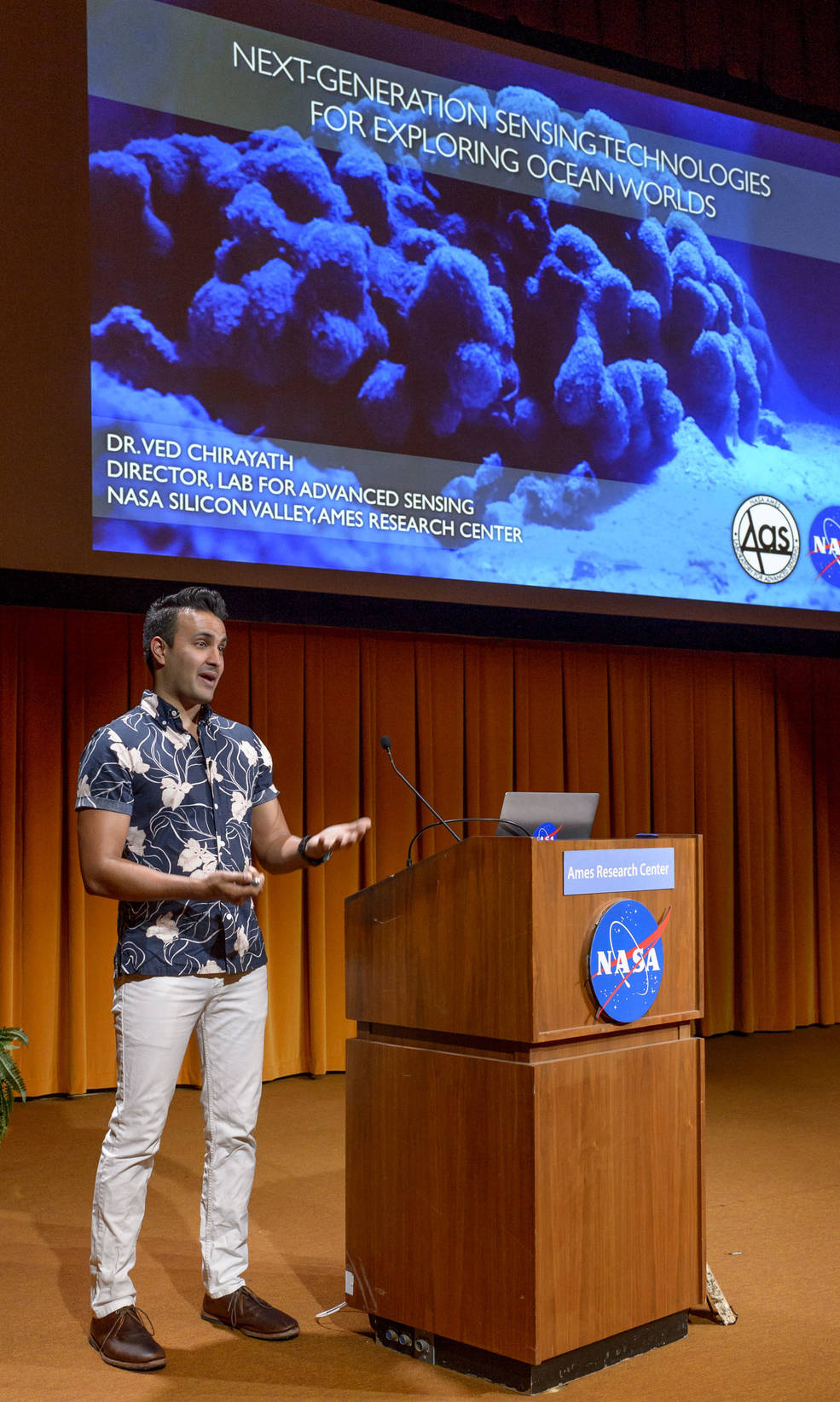
Francesca Gino Discusses How Unconventional Ideas Bring About Positive Workforce Changes
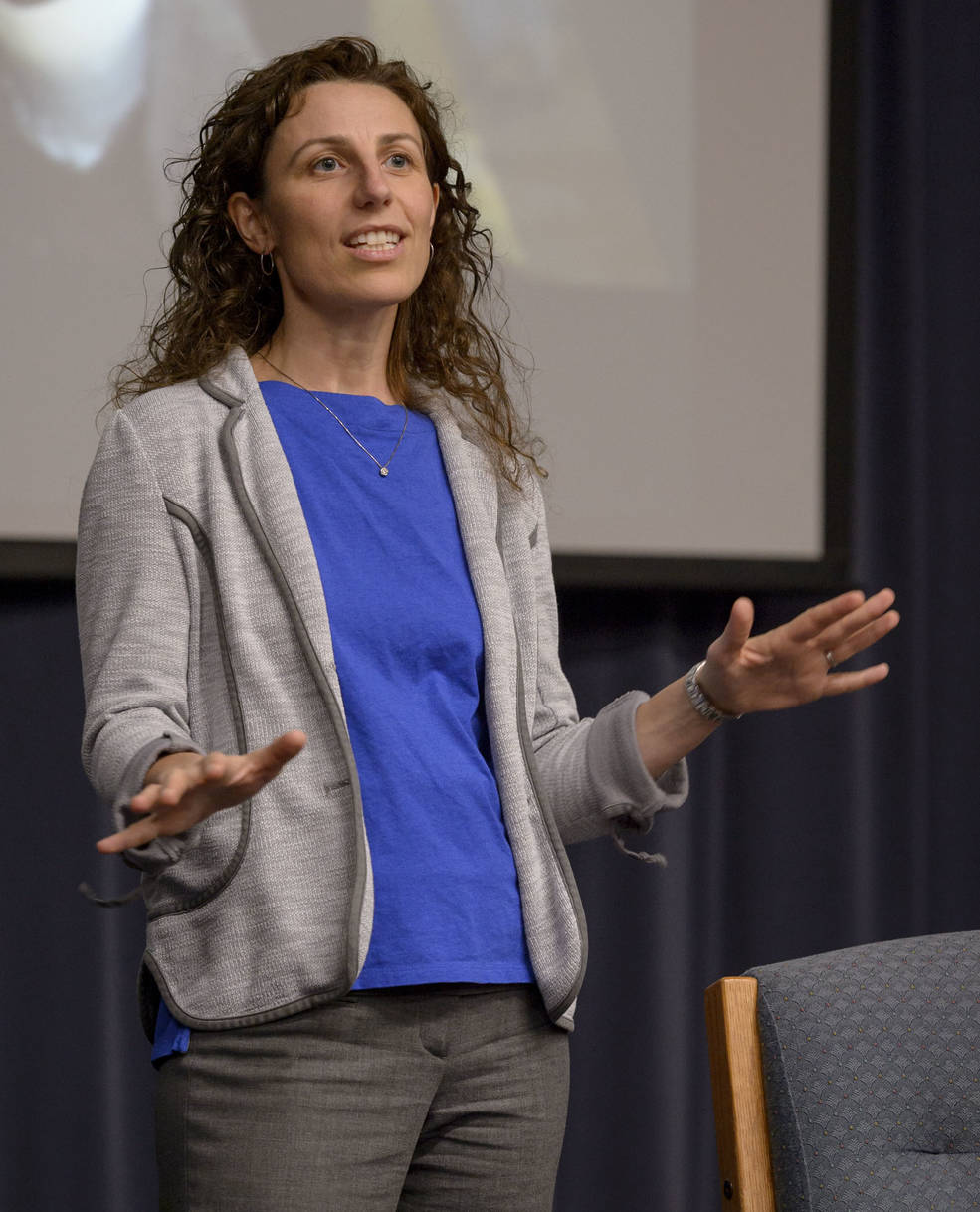
In Memoriam . . .
Special Assistant to the Center Director and Aeronautical Engineer Michael Dudley Dies
Michael R. Dudley began his career at NASA Ames Research Center on September 11, 1978, right after obtaining a BS in aeronautical engineering from Cal Poly San Luis Obispo. He started as an aeronautical research engineer in the 40-foot-by-80-foot Wind Tunnel and went on to tackle research, project, and line management positions with increasing responsibilities. His research and management experience covered a broad spectrum of aeronautics disciplines, including air traffic management, systems analysis and integration, fixed-wing and rotorcraft powered-lift, airships, high-speed and subsonic transports, and safety and mission assurance.
Before serving in his last role as the Special Assistant to the Center Director, he served as the Director of the NASA Aeronautics Research Institute (NARI)—since its creation in 2012. Through NARI, Michael established and maintained a collaborative environment between the government, industry, and academia. He fostered numerous innovative concepts for aviation, many of which continue to guide future NASA aeronautics research and stimulate the growth of new aviation technologies. Previously, Michael also served as the NASA aeronautics representative at the Joint Program and Development Office (JPDO), along with five other Federal agencies to develop a framework for NextGen, the “Next Generation” Air Transportation System. Three of his 40 years with NASA were spent in Washington, DC., on detail to NASA Headquarters.
Michael held a master’s degree in mechanical engineering from Stanford University, and an MBA from MIT. He was an American Institute of Aeronautics and Astronautics Associate (AIAA) Fellow, an MIT Sloan Fellow and an instrument-rated pilot with more than 47 years of flying experience. He loved flying so much that he would fly his own plane to Armstrong Flight Research Center (in southern California) on business trips.
In one of the 360-degree feedback processes at Ames, one of his colleagues was asked whether there was anything that Michael did NOT know about himself. Without hesitation, this colleague said “Mike does not know how GOOD an engineer he is.” He went on to recount a story about how Michael’s insightful critique during a design review regarding the 40-foot-by-80-foot wind tunnel ultimately prevented possible accidents that could have resulted in significant loss of property and possible injuries.
Michael jointly held a patent in Aircraft Wing Design with another colleague and was a mentor to countless young engineers and managers. He still found time out to go to schools and outreach events to inspire the next generation of engineers and kids to get into aviation/aeronautics. Michael also was a very athletic person; he loved to play tennis and walked “the dish.” He participated in “Bike to Work Day” at Ames every single year.
Michael passed away on March 24, 2019. He was survived by his wife Nancy, and his children Scott and Nicole.
His colleagues also would like to note that:
· “Mike Dudley was the leader of the Powered Lift Group in the mid late ‘80s, early ‘90s. In that capacity, he provided technical guidance for a number of full-scale, powered model tests in the NFAC. His forte was Short Take-Off/Vertical Landing (STOVL) fighter configurations, such as the delta-wing de Havilland E-7A ejector lift concept. This model was extensively tested in both the 40-foot-by-80-foot and 80-foot-by-120-foot Wind Tunnels. It was powered by a 10,500lb-thrust-class Spey 801 split-flow turbofan. Mike provided expertise to test not only the so-called augmentation ratio of the retractable ejector lift system in hover, but also the all-important transition aerodynamics of the vehicle from hover to wing-borne flight and vice versa. The results from these tests provided key guidance for the downselect of a vertical lift system for the Marines’ variant of the modern F-35 that employs a lift fan and deflecting ventral nozzle. Mike was a great, steady leader. He had a ready smile, and, like our center director, was a practitioner of applied risk management: he rode motorcycles! He had a silver Honda 750 with a bullet-shaped front fairing. Mike would ride to work in a brown leather bomber jacket with knit cuffs.”
— Brian Smith (Code TH)
· “What comes to mind most about Mike was that he was a straight shooter in his professional life, even when it was not necessarily in his own best interest. He also paid close attention to the details and often helped others whenever he could.”
— Larry Olson (Ames retiree, former chief of the Low-Speed Aerodynamics Branch)
· “The amount of effort and work he contributed to the team were exemplary and greatly appreciated by the team. His is a great loss to us, personally and professionally and he will greatly be missed with his fresh perspectives, working with him to cross the goal line, as well as his humor and good stories.”
— Julie Schonfeld (Code RE)
· “Mike was a great chair for our team. We worked closely for two years and his leadership and direction were essential, not only to the success of the project, but also to the well-being of the team. He kept us focused on the end goal, even though it seemed like it was constantly changing. He led with a great sense of purpose and compassion. He is truly missed and his devotion to the team will be remembered at every milestone we reach because of him.”
— Andrea Lovell (Code JAZ)
· “Despite the time challenges and demands on our team to meet milestones, Mike cared about us as individuals and greatly respected the healthy life/work balances of each of us and the need to care for and spend time with our families.”
— John Ulman (Code RE)
· “…he was always approachable, had interesting ideas he was willing to share, stretched his horizons and will be missed by all who were fortunate enough to know him.”
— Chris Scofield (Code SG)
· “… he was always willing to help me out whenever I had a question for him and he always enjoyed coming back through occasionally with tour groups. I’ll miss the smile and enthusiasm he always brought with him.”
— Joseph Sacco (Code A)
· “Mike was truly dedicated to his team and strived to make Ames the safest place to work.”
— David King (Code Q)
Former Arc Jet Complex Facilities Manager Jerry Mitvalsky Dies
Gerald (Jerry) Meredith Mitvalsky, a member of the Ames Community for more than 42 years, passed away on March 8, 2019 at the age of 88.
Before his retirement in October 2000, Jerry was Facilities Manager of the Arc Jet Complex for the Thermophysics Facilities Branch (TSF) from 1980-2000. Before working in the Arc Jets, Jerry was a facility engineer working in the Ames Hypervelocity Gun Ranges. His career assignments had him performing testing for all of NASA’s manned and unmanned space programs from 1958 to 2000, including Mercury, Gemini, Apollo, Pioneer-Venus, Viking, Galileo, Space Shuttle, X-33, X-34, X-37 and many others.
Throughout his career, Jerry devoted his time and creativity to researching improvements in facility hardware and test techniques, many of which pushed the boundaries into new areas of hypersonic ground-based testing. In his many years as the facility manager of the Arc Jets, he was instrumental in maintaining efficient operations by directing a team of engineers and technicians, and by procuring materials and equipment.
During his career at Ames, Jerry mentored more than 42 students through the student intern program with Foothill-DeAnza Community College District, promoting education, supporting and encouraging STEM careers for women and passing on his enthusiasm for his work and for NASA’s goals. Jerry was always proud of his accomplishments and of NASA’s vision of exploration.
As a teenager, Jerry, attended San Mateo High School and was a member of the very first Air Scouts Troop in the Bay Area. At age 17, he received his general aviation pilot’s license, learning to fly from a WWII pilot in a Stearman Tail Dragger. This began a lifelong love of flying. On his 88th birthday, he flew again for the last time.
Jerry joined the United States Air Force, serving during the Korean War in 1950 to 1954 as part of the Strategic Air Command (SAC) and was crew chief on a B-50 Bomber. He was an avid hiker and backpacker, and volunteered his time for several years with the Boy Scouts, organizing and supervising troop backpacking and fishing expeditions into the Sierras. He continued to backpack into his early 70s.
Jerry is survived by his wife, Lorraine, daughter Shannon, two grandchildren and two great grandchildren. He was preceded in death by his son, Derek. Donations in Jerry’s memory may be made to the Boy Scouts of America and to the Diabetes Association.
Former Chief, Office of Safety, Reliability and Quality Assurance, Lee Stollar Dies
Ames retiree Leonel (Lee) S. Stollar passed away at his home on Bainbridge Island, Washington, on April 1, 2019. Lee was born in Oroville, California, in 1930. He attended the University of California at Berkeley graduating in 1953. After serving in the Navy, he returned to the university as an employee, rising to the position of laboratory manager for the Nuclear Engineering Department. In 1970, the Ames Center Director, Dr. Hans Mark, brought Lee to Ames.
His first job at Ames was special assistant to the director, focusing on health and safety issues. After a short time, he became chief of the Health and Safety Office. In 1972, Dr. Mark appointed Lee to the position of chief of the Technical Services Division. In this position, Lee directed a large workforce in support of Center’s research mission. In the early 1980s, Lee served as deputy to the director of Aeronautics and Flight Systems. After a significant accident in 1982 in the world’s newest and largest wind tunnel, the 80-foot-by-120-foot, Lee was asked by the then center director Sy Syvertson, to lead the recovery effort. This large wind tunnel facility was ultimately known as the “National Full-Scale Aerodynamics Complex” and was recognized as a world class aeronautical research tool. Lee headed the project office responsible for the facility until his appointment as chief, Office of Safety, Reliability and Quality Assurance.
While at Ames, Lee participated in the Ames Ski Club. He was recognized for being one of the Center’s champion blood bank donors. Lee was the recipient of many awards, including the NASA Outstanding Leadership Medal and retired from Ames in March 1991.
After leaving Ames, Lee and his wife, Ilse, moved to Bainbridge Island, Washington, where Lee helped design a home with a view of Puget Sound and the Olympic Peninsula. Lee was involved in volunteering at IslandWood a non-profit learning center on the Island. Lee became a very fine wood turning artist and some of his work was sold at auctions to raise funds for the center. Lee and Ilse also participated in Bainbridge Island’s Sister Island program with the Nicaraguan Island of Ometepe. On Ometepe, Lee helped design and implement new technology for coffee roasting. He also encouraged and facilitated the manufacturing of marimbas (Nicaragua’s national instrument) by Ometepe youth to be used in local music programs.
Employees Celebrate the Colors of Spring in this Season’s Fun Run/Walk
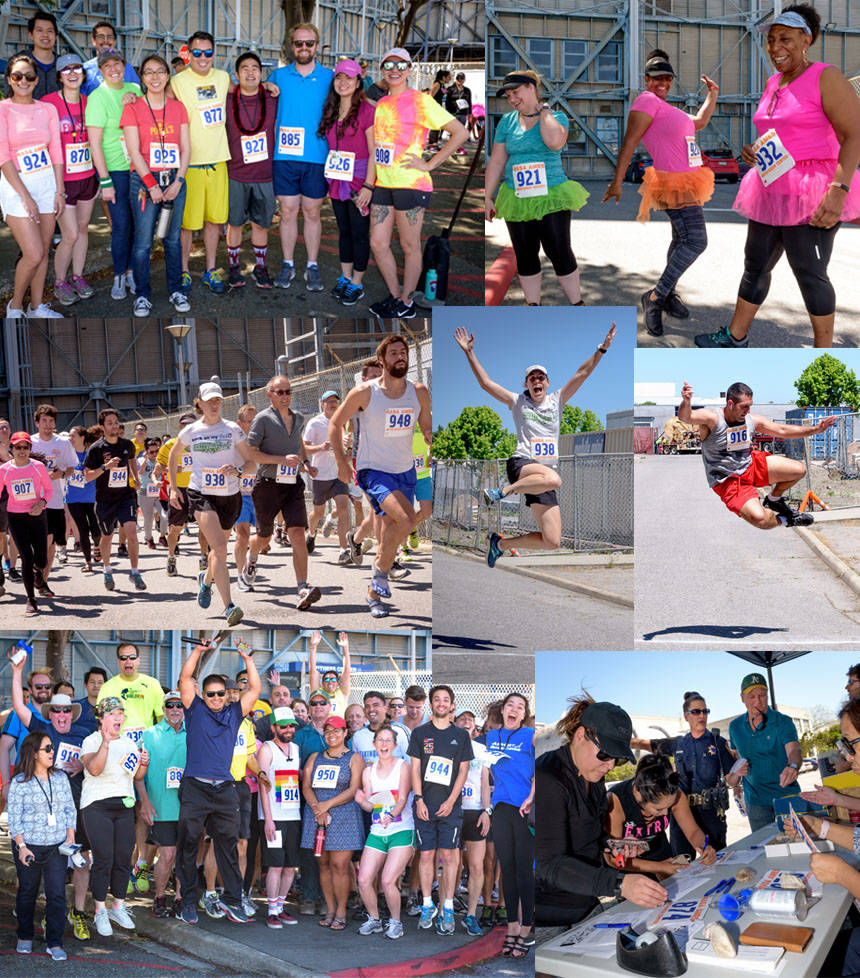
Spring has Sprung at Ames!
